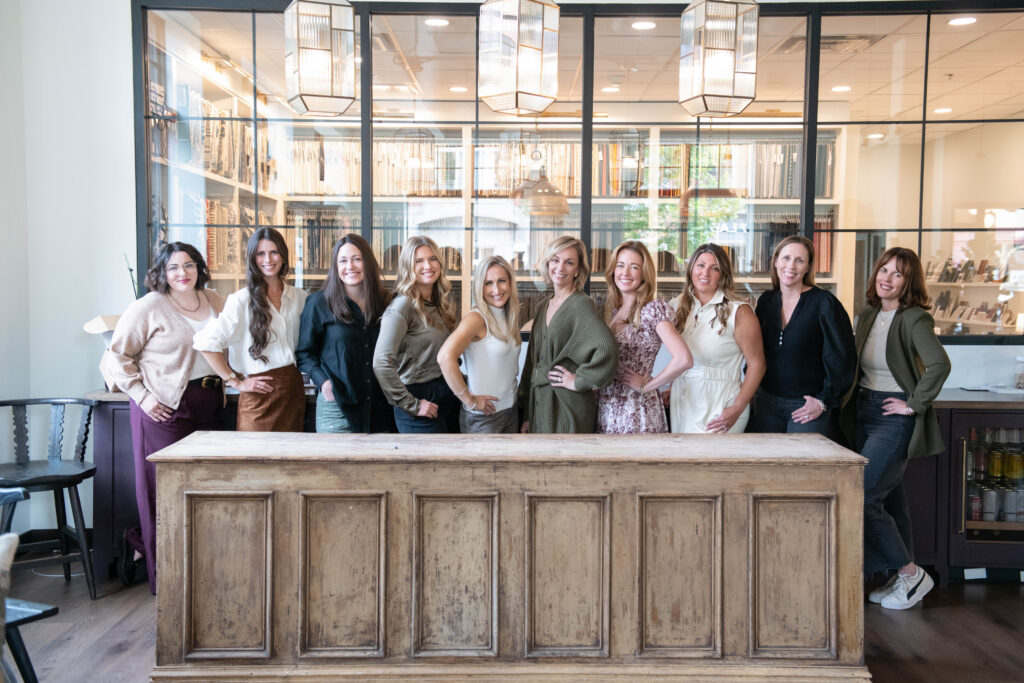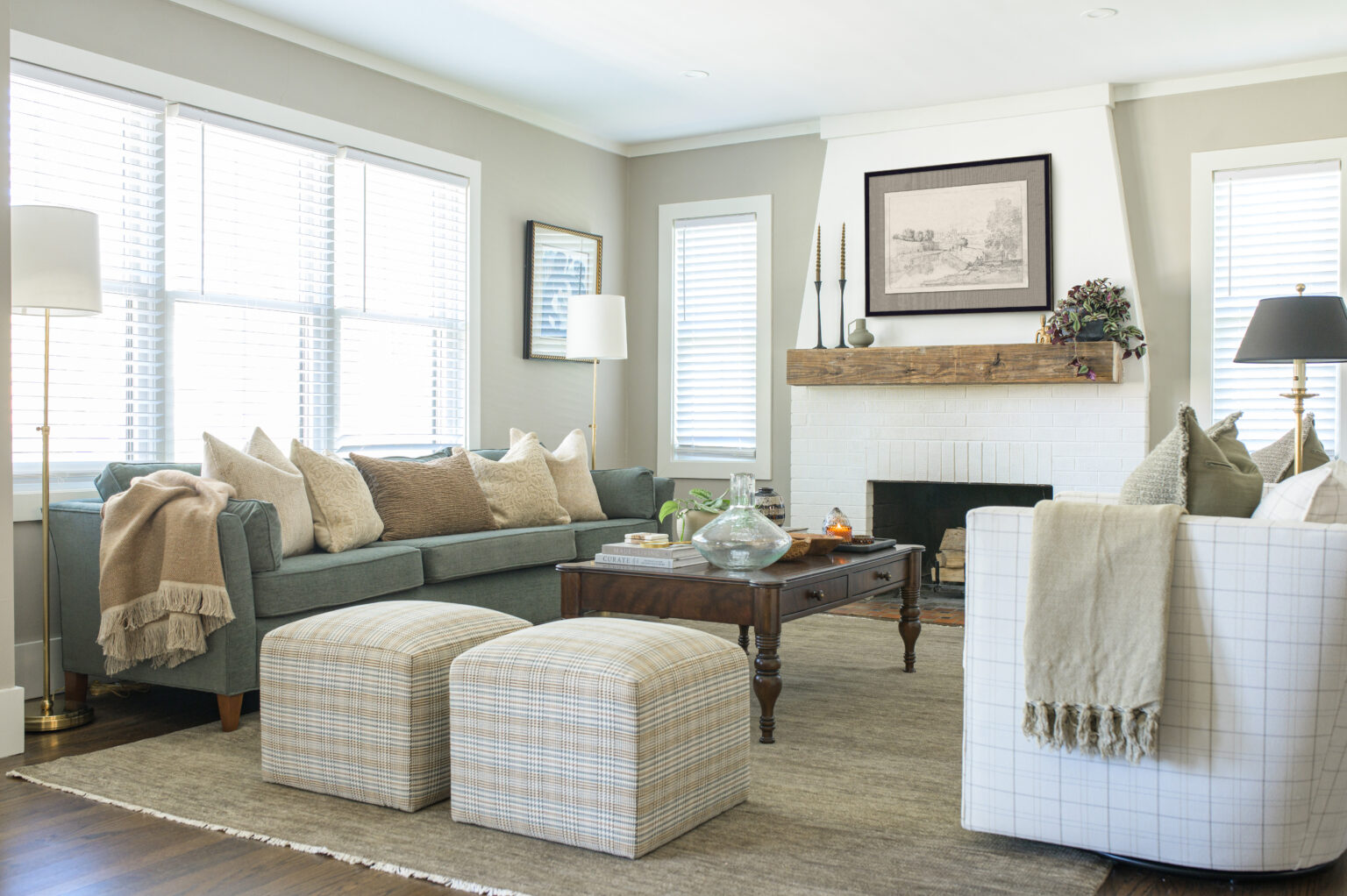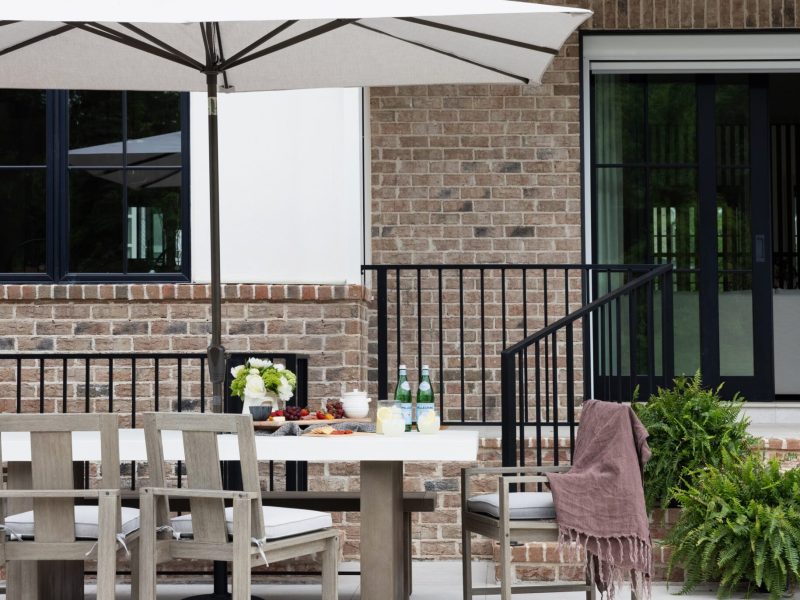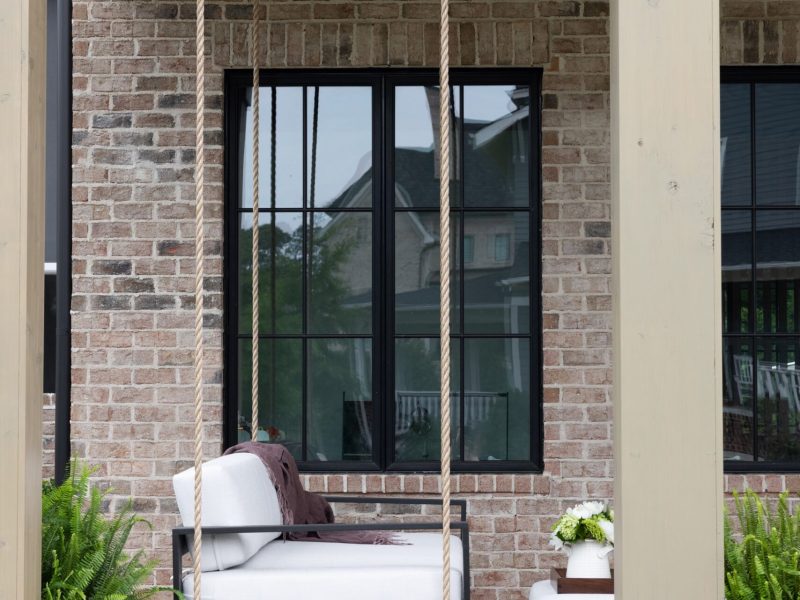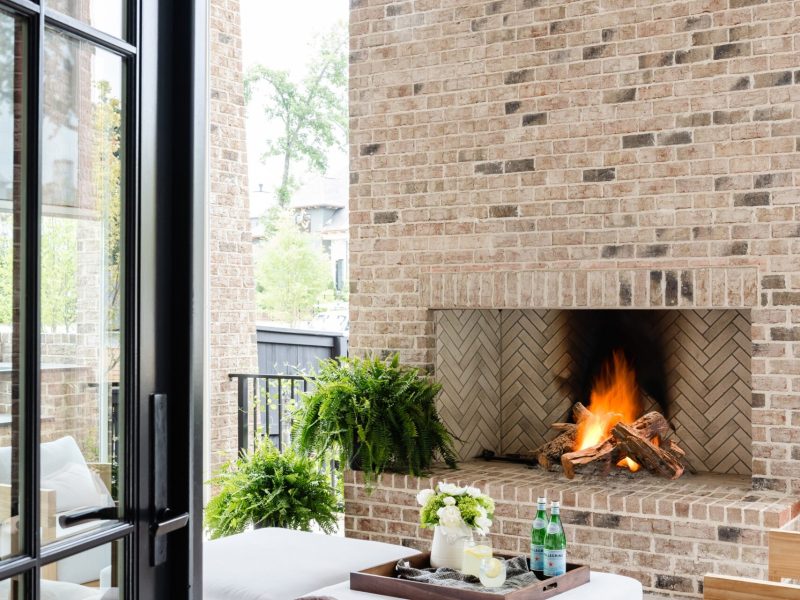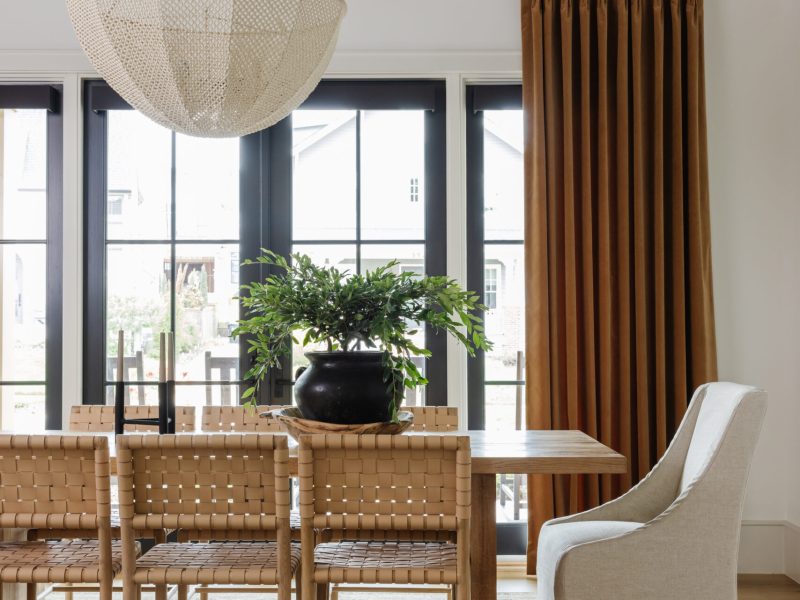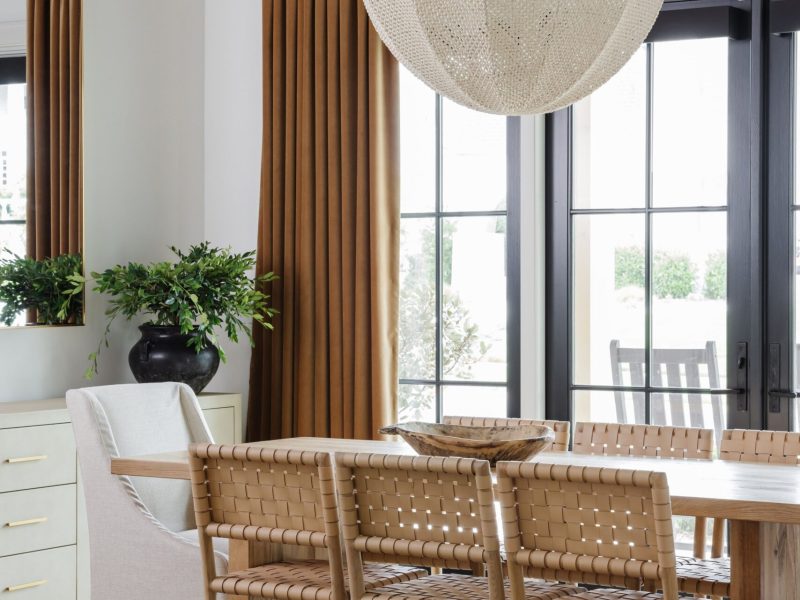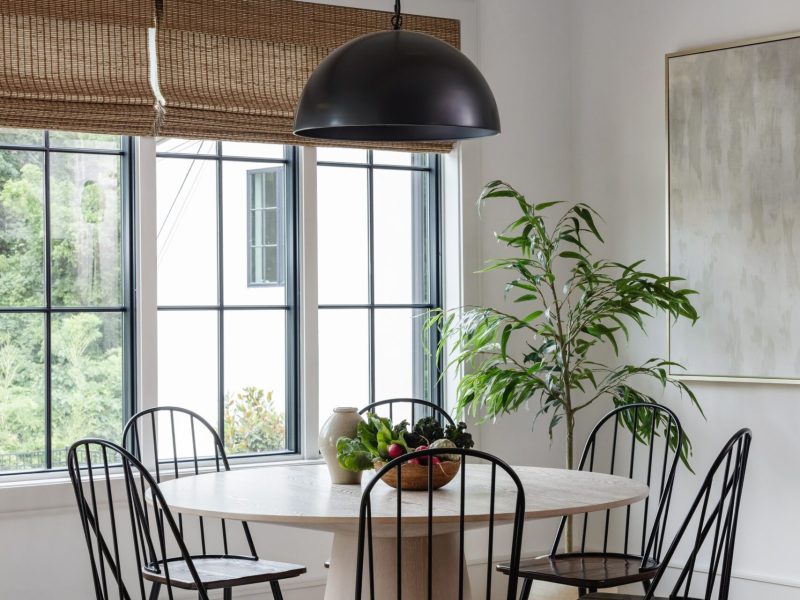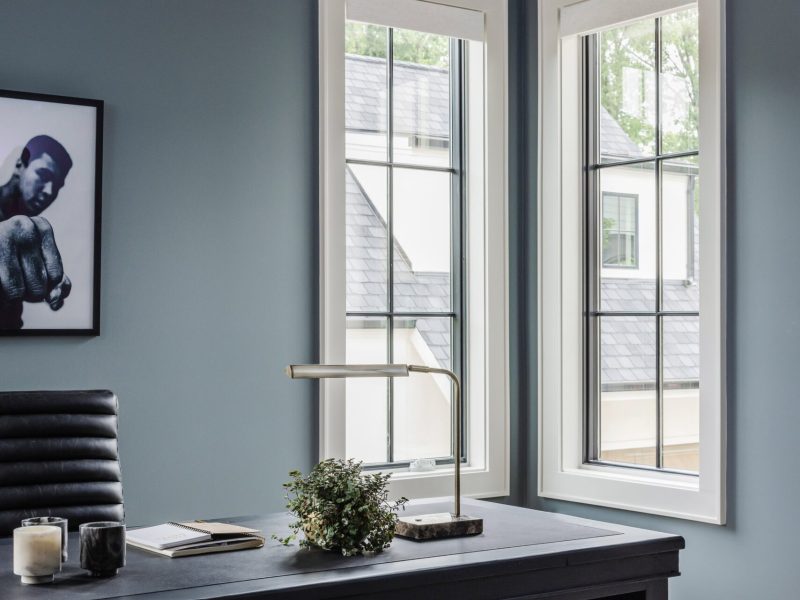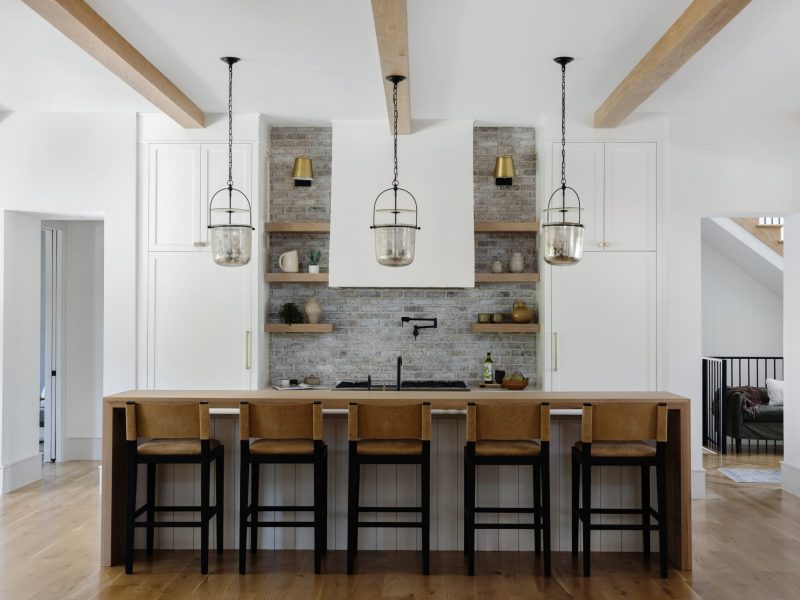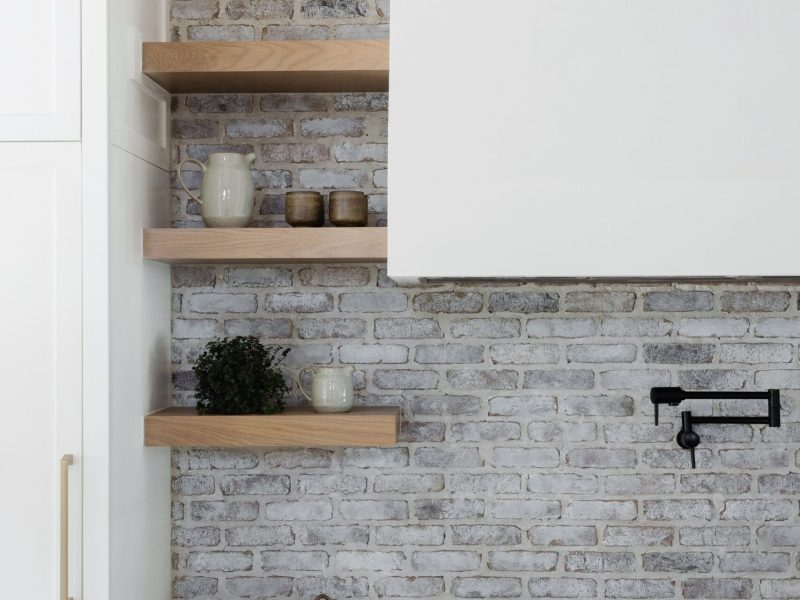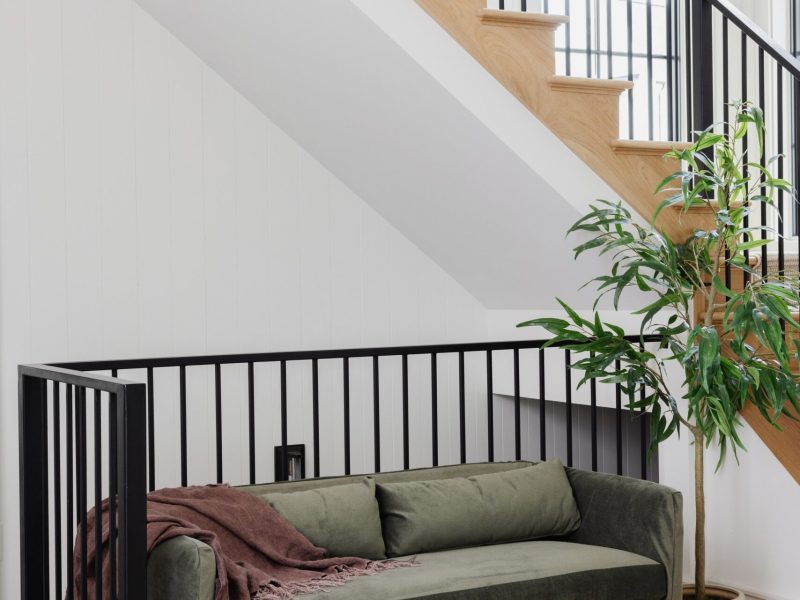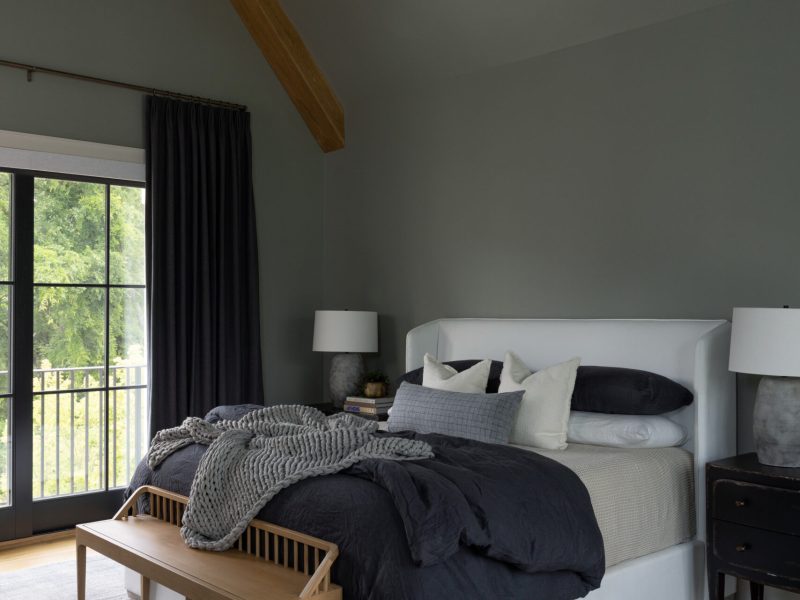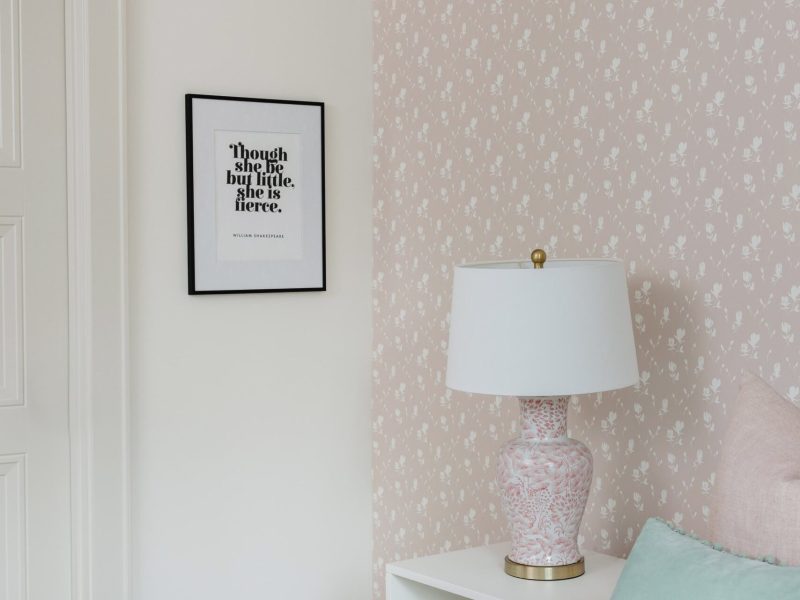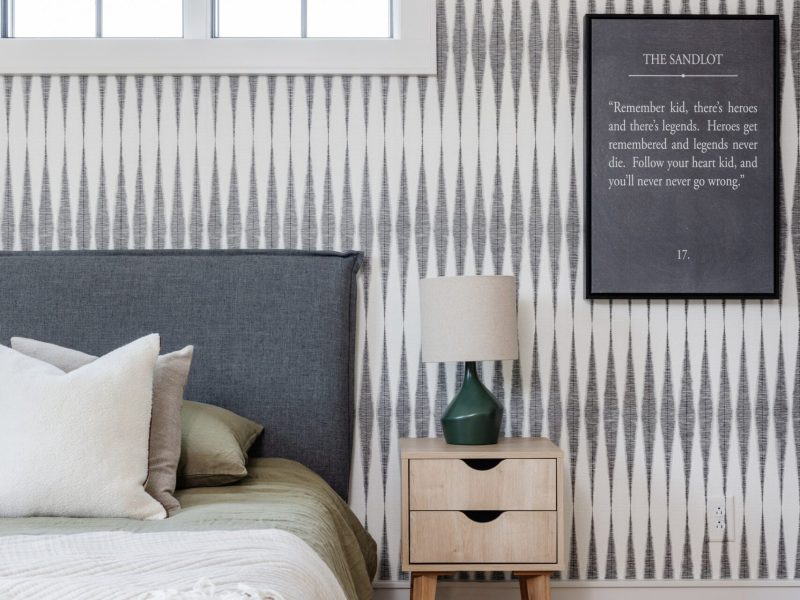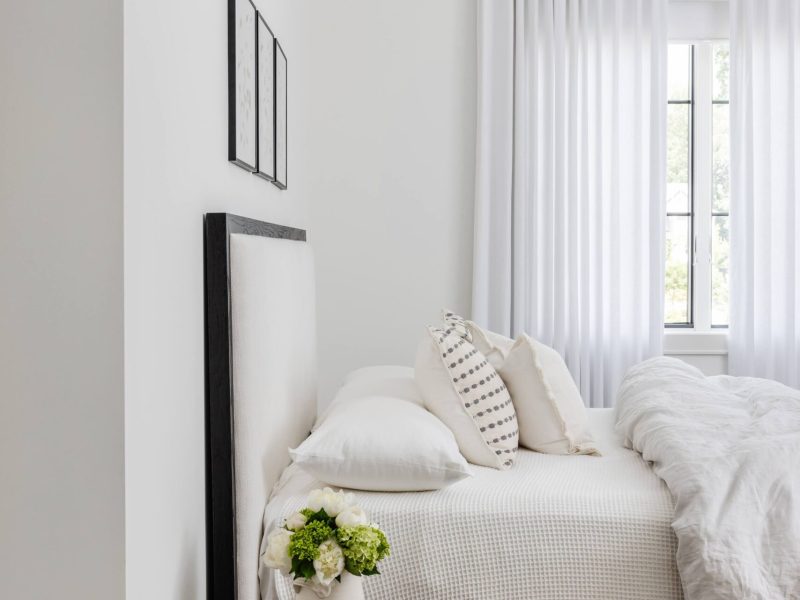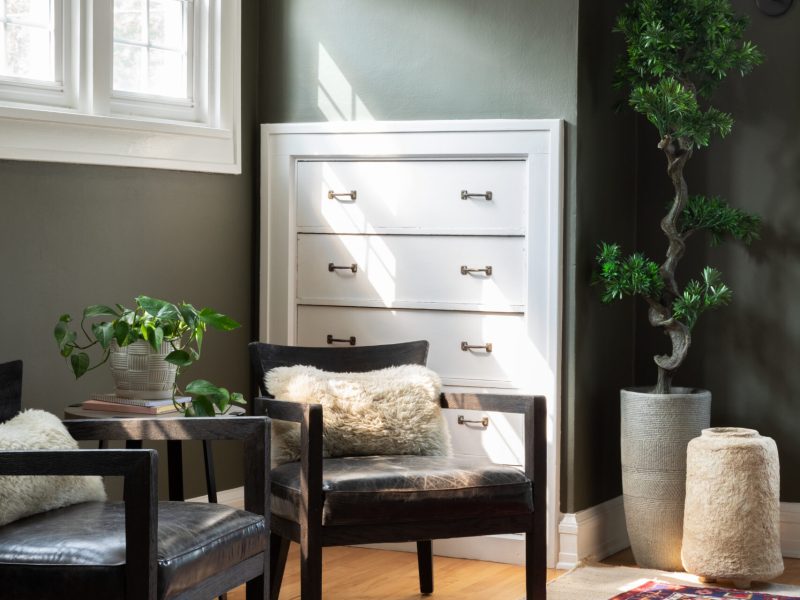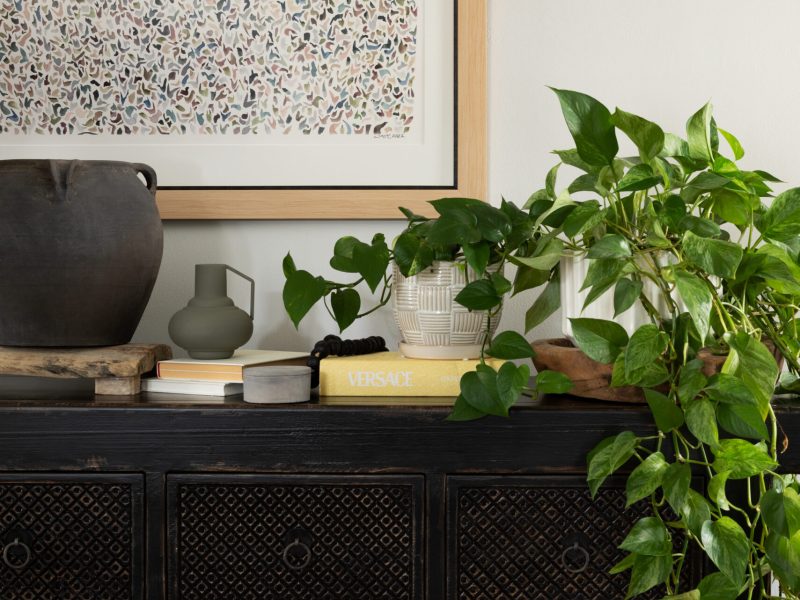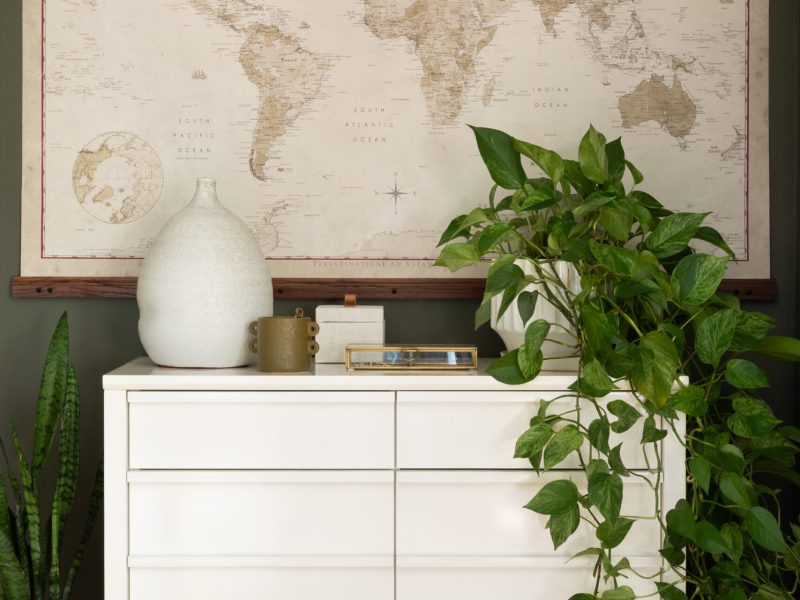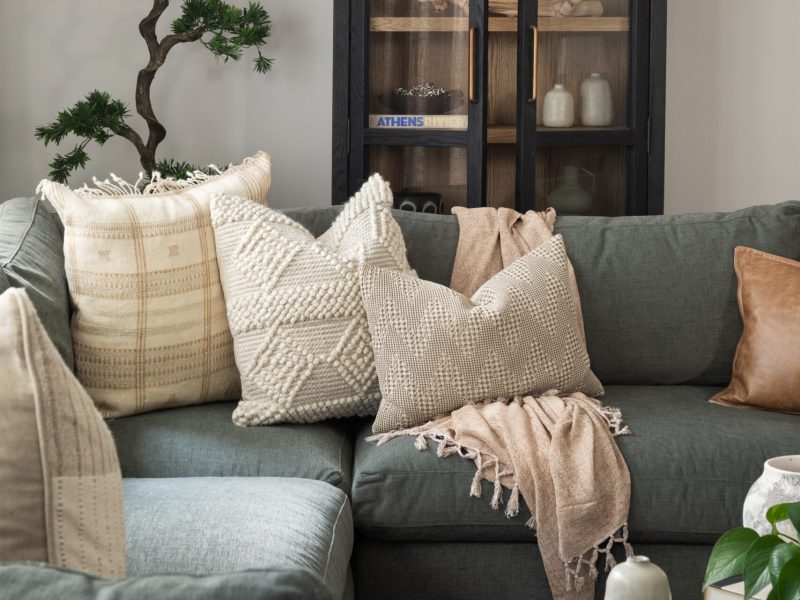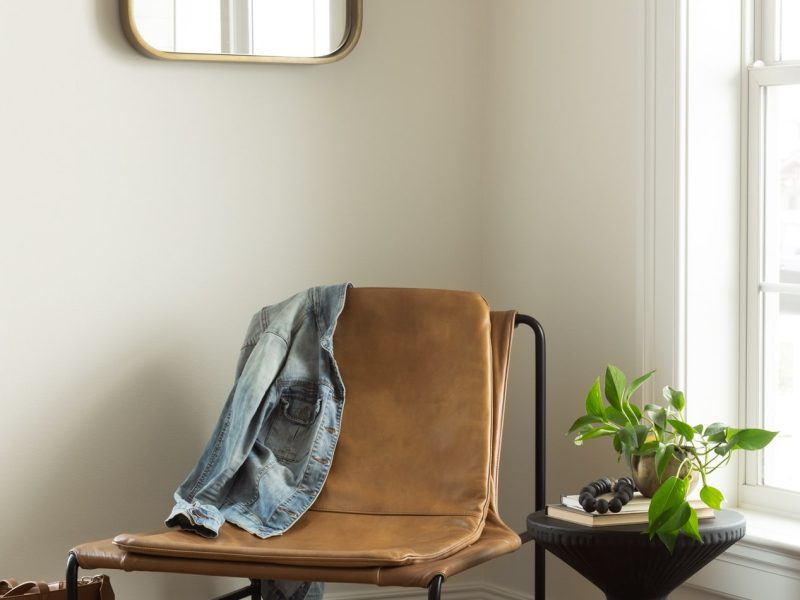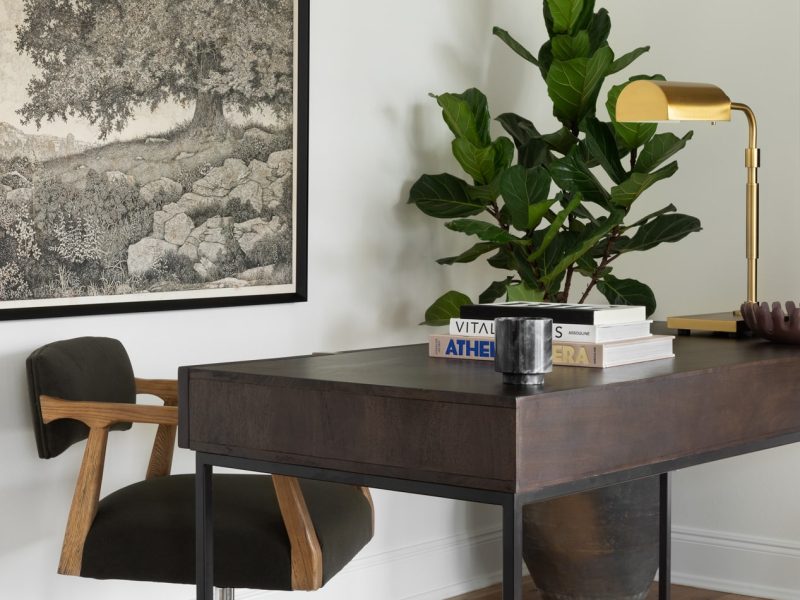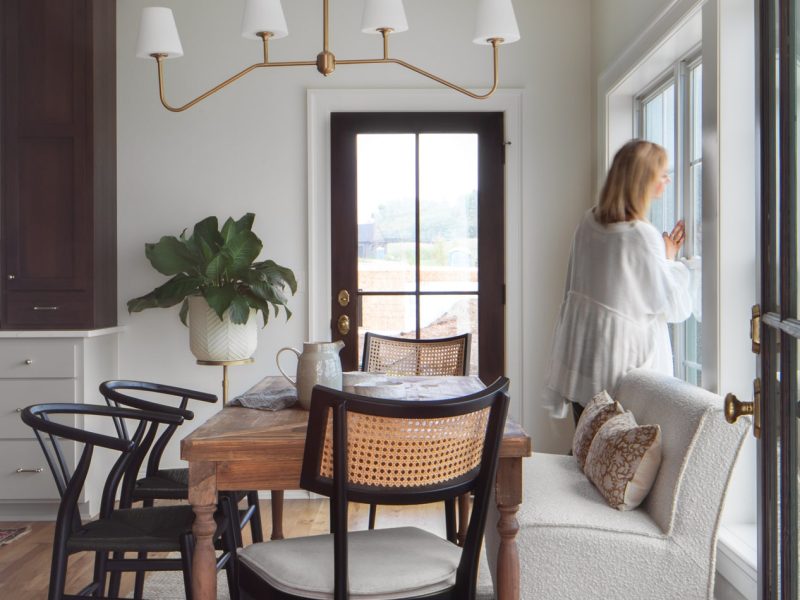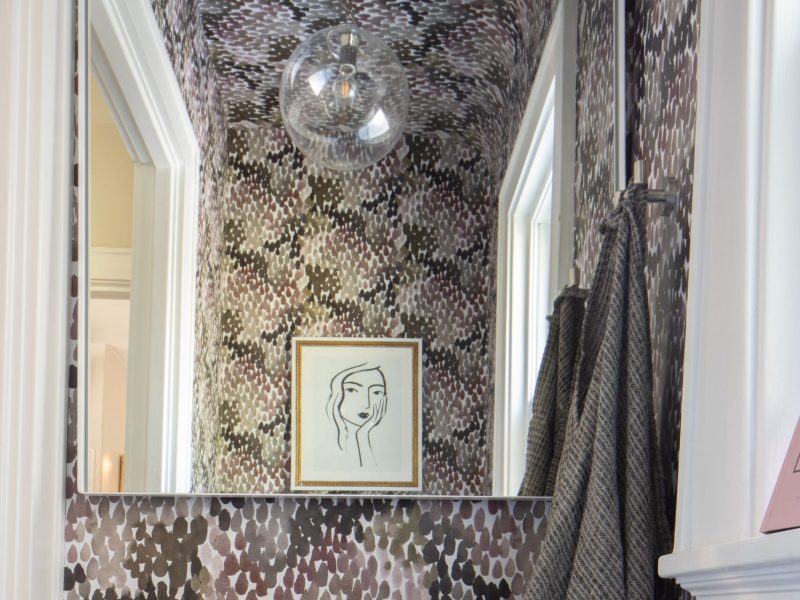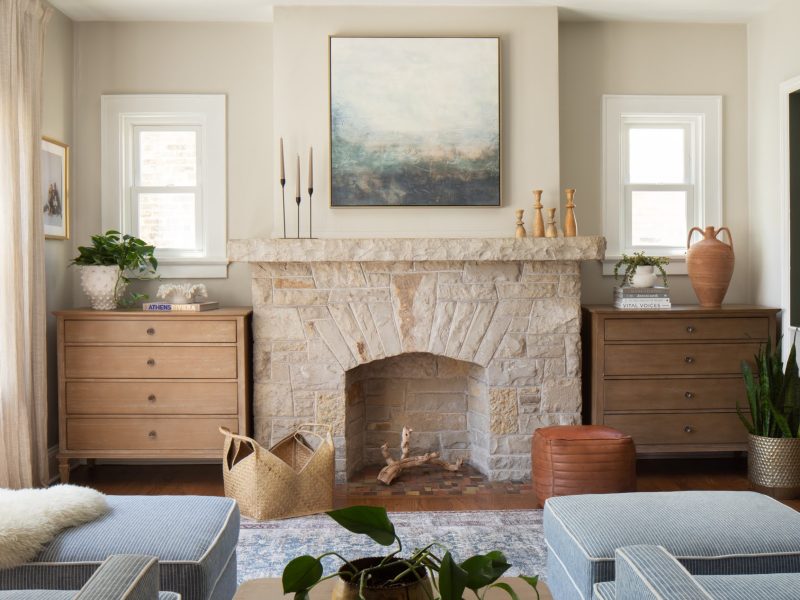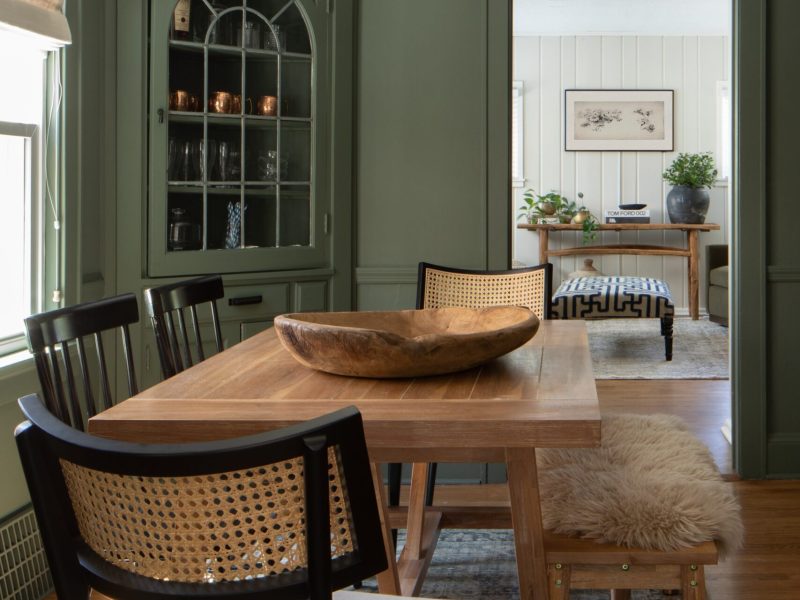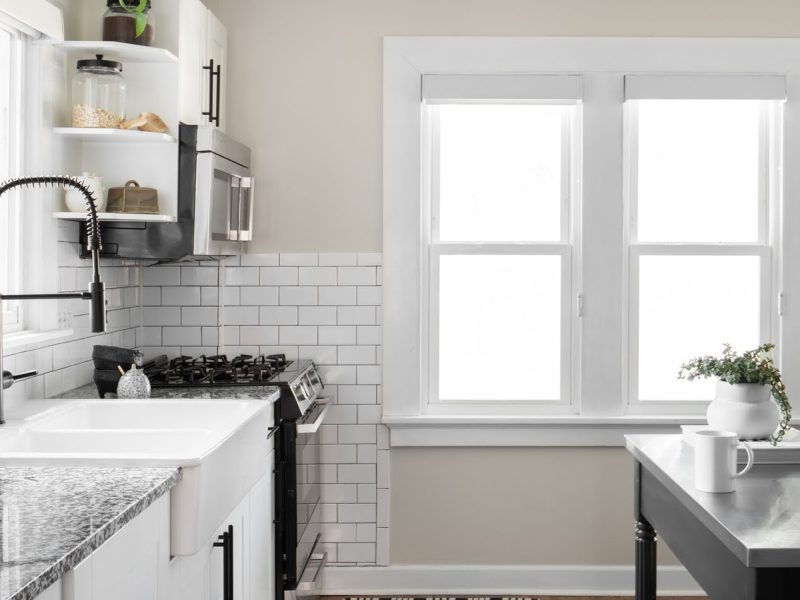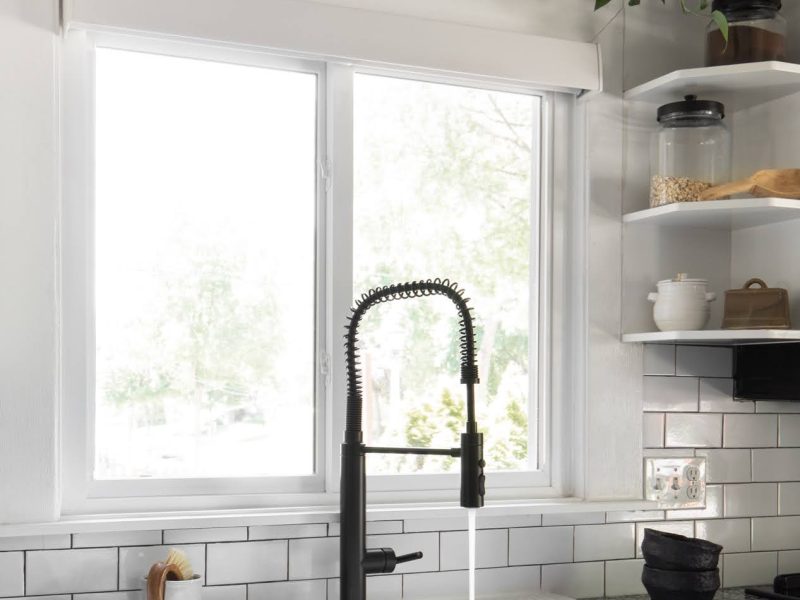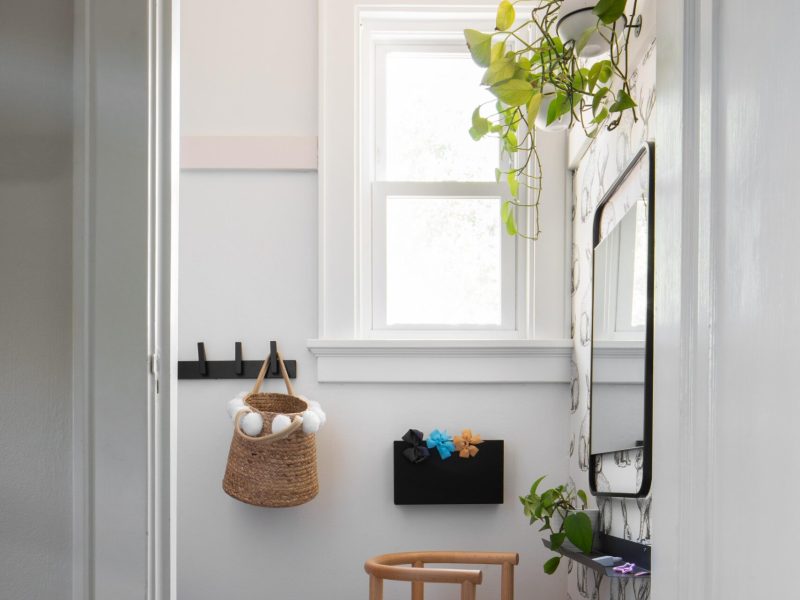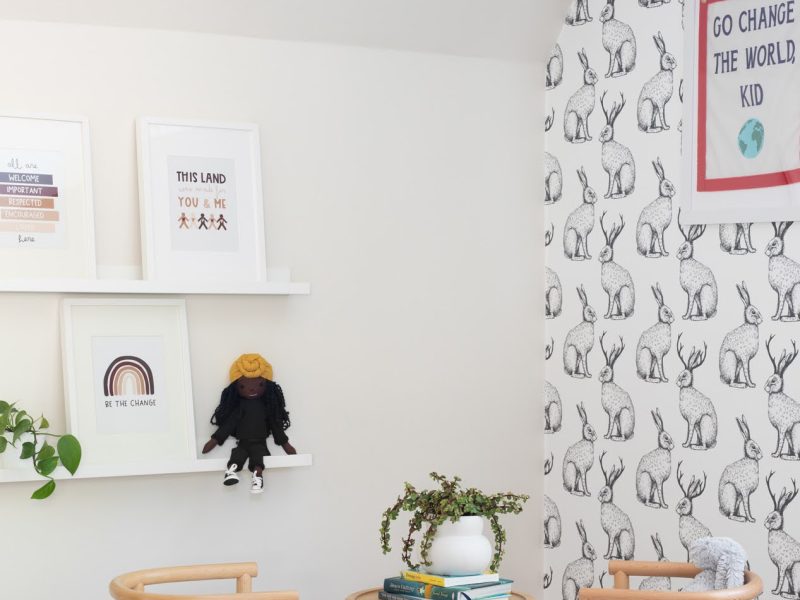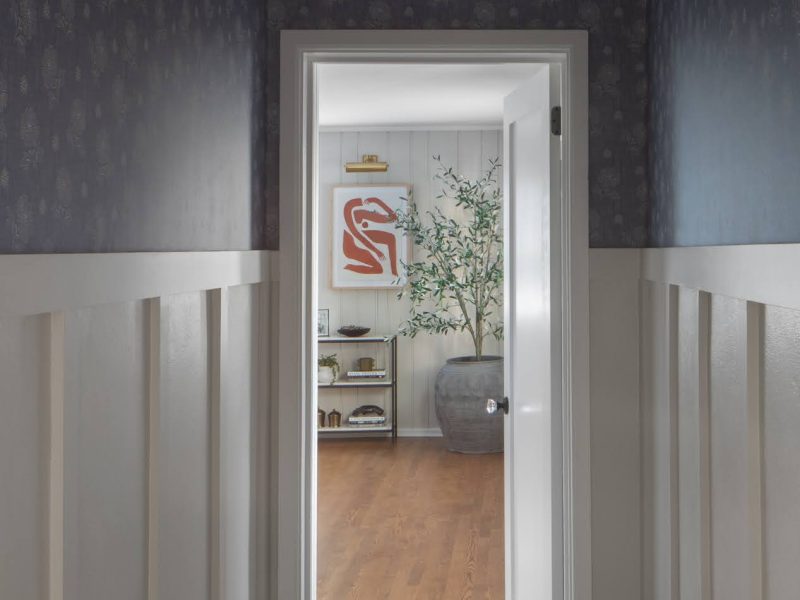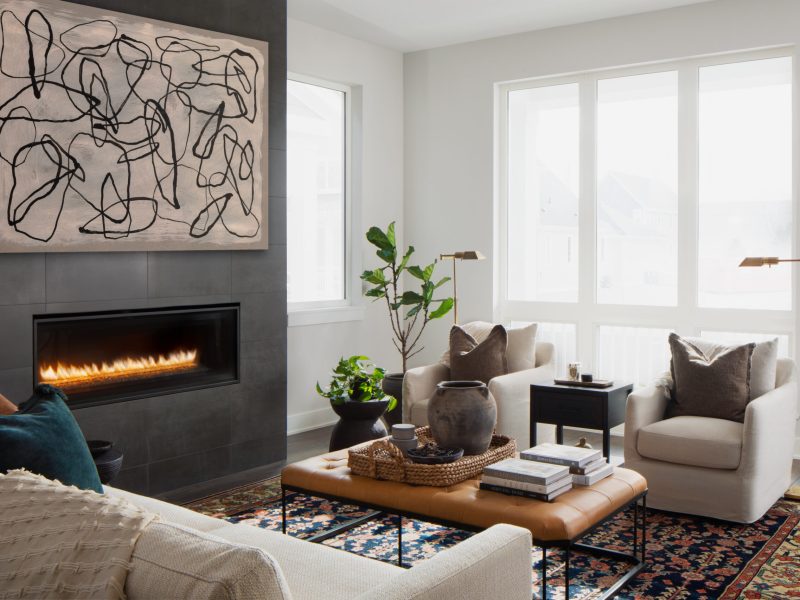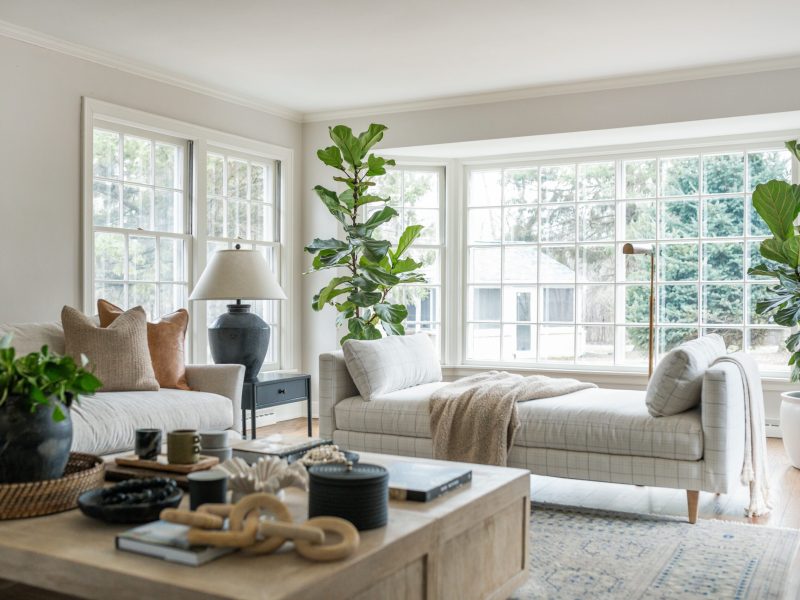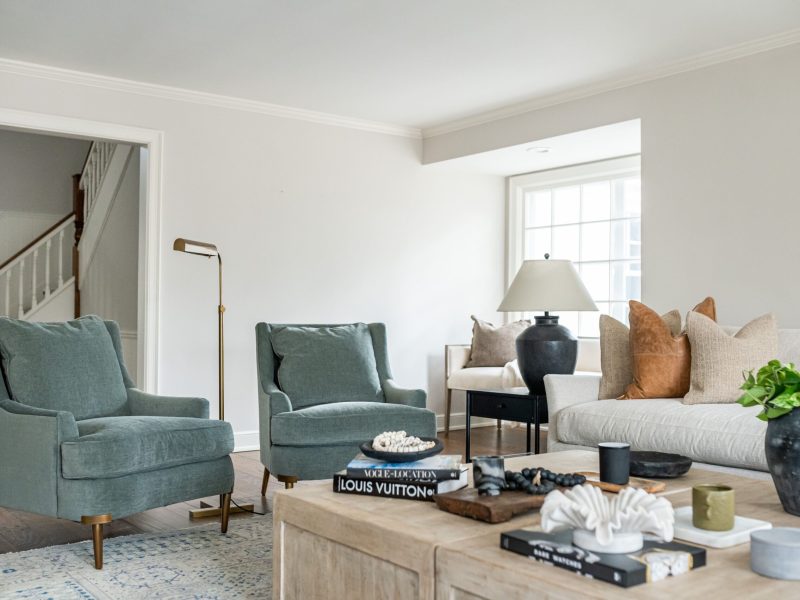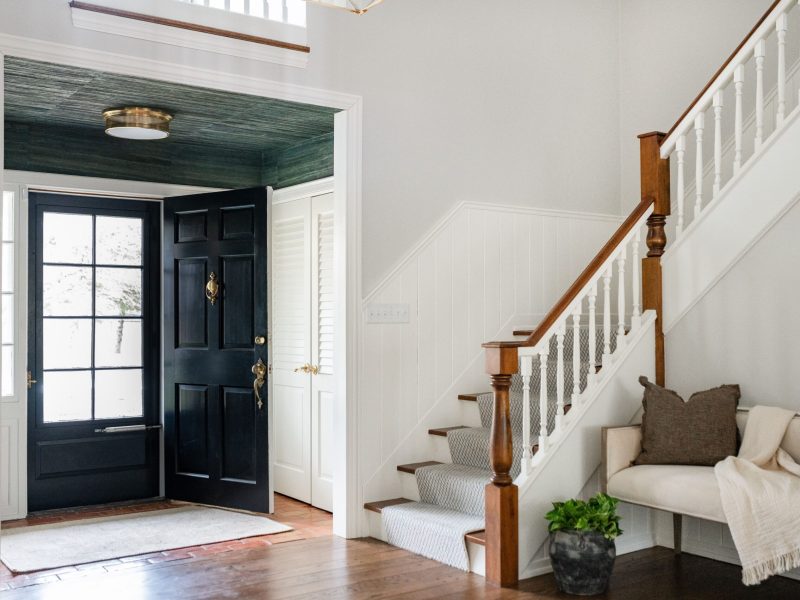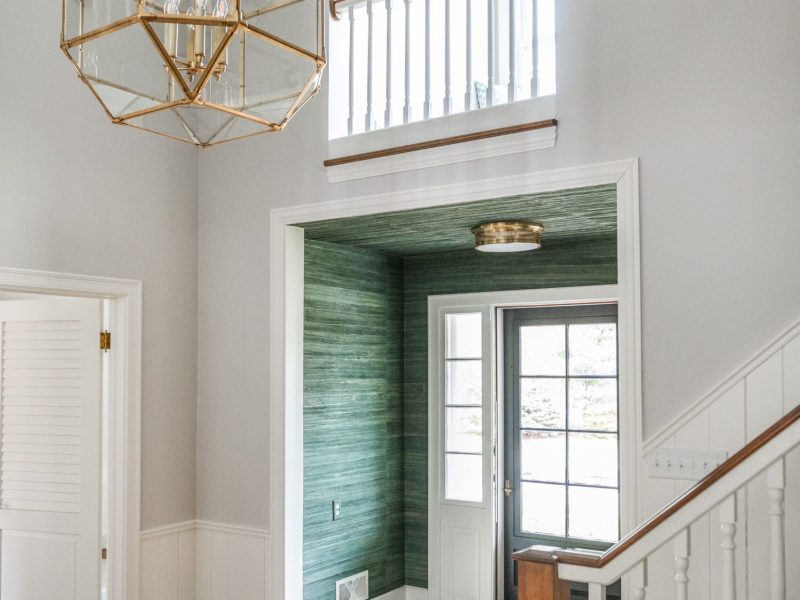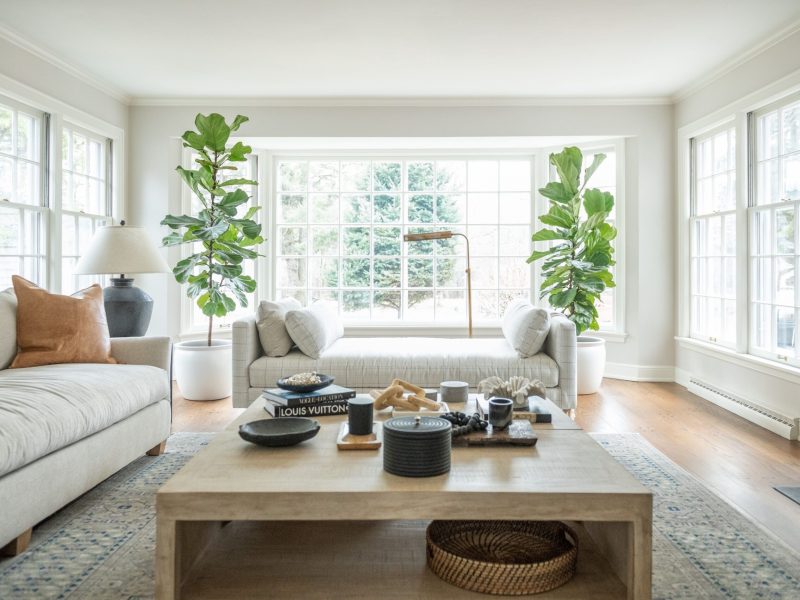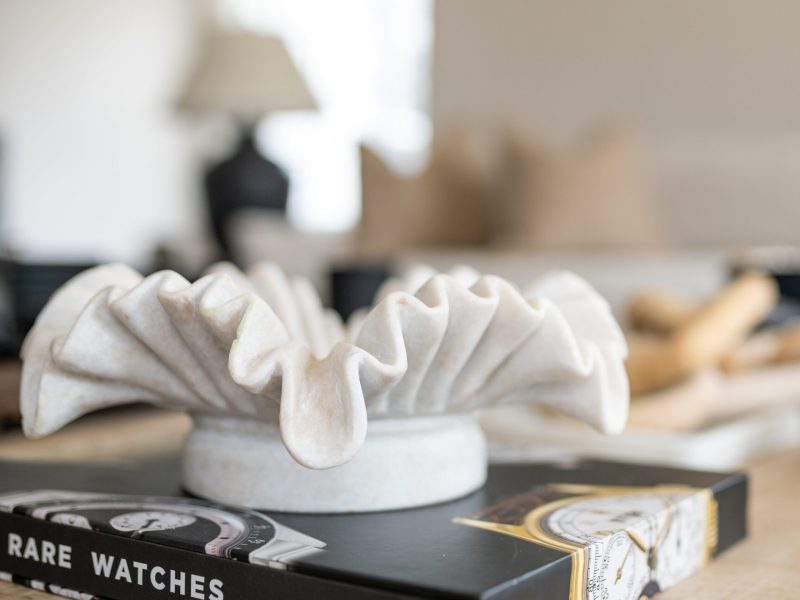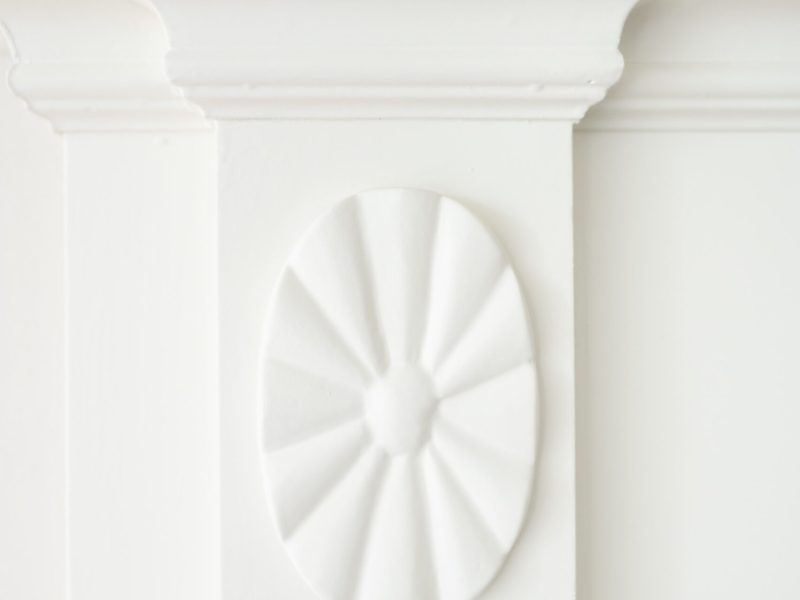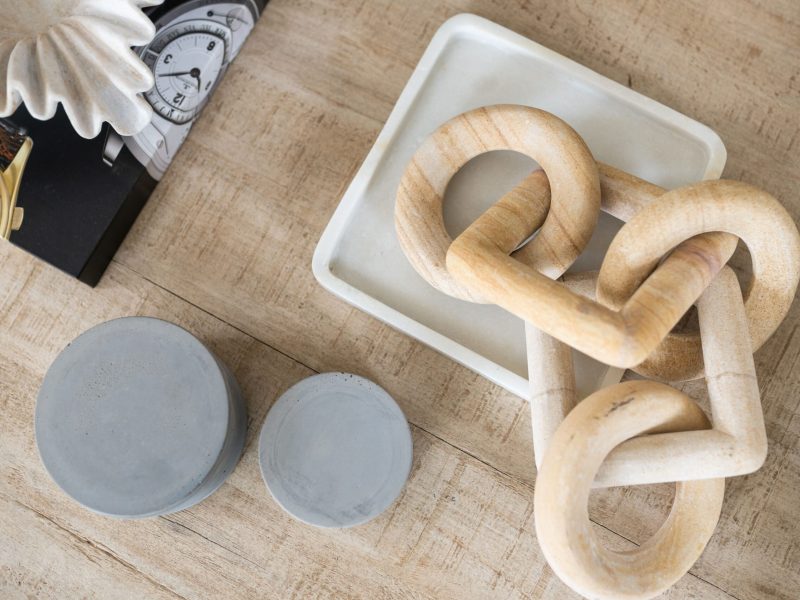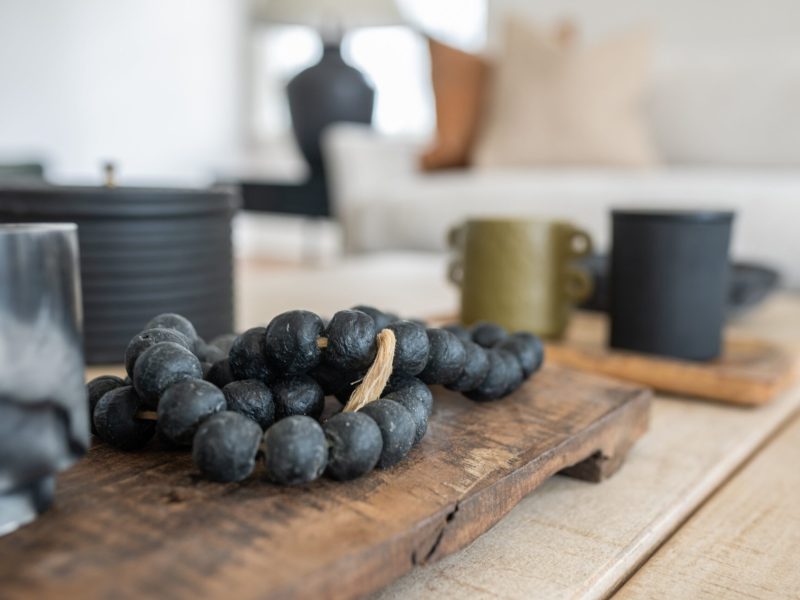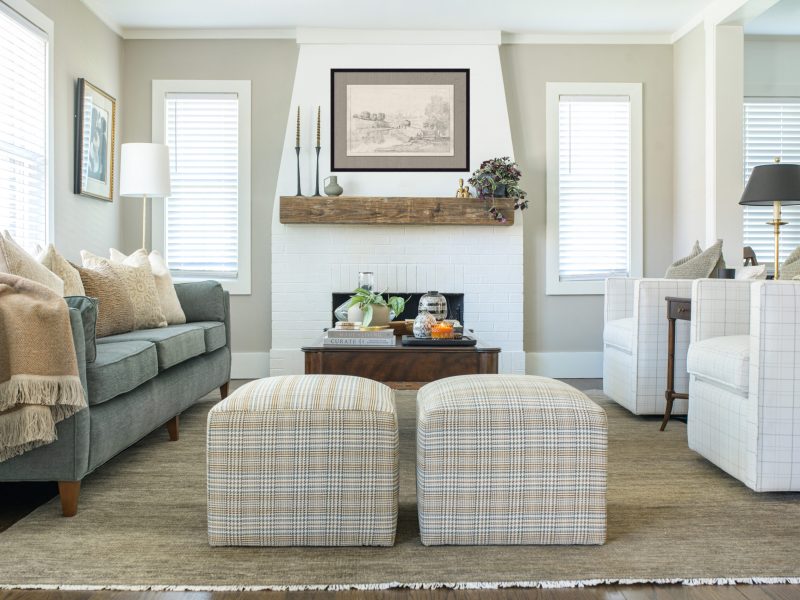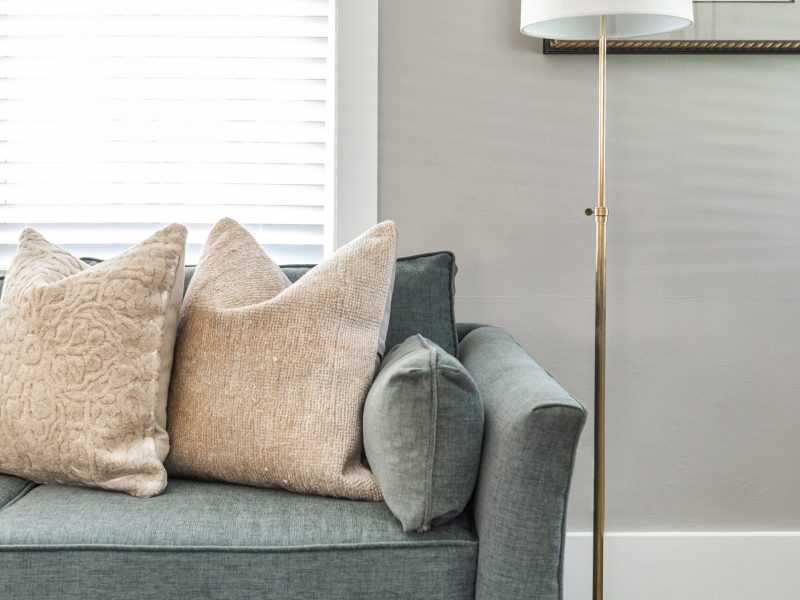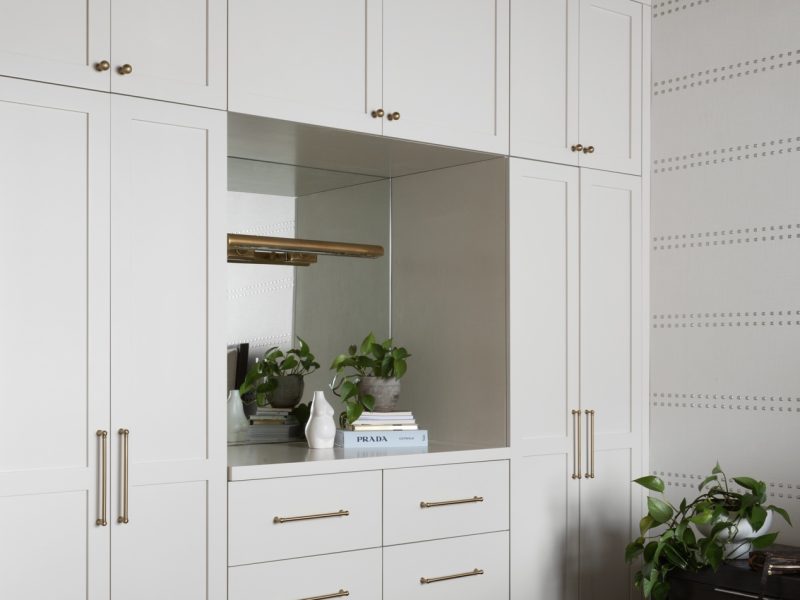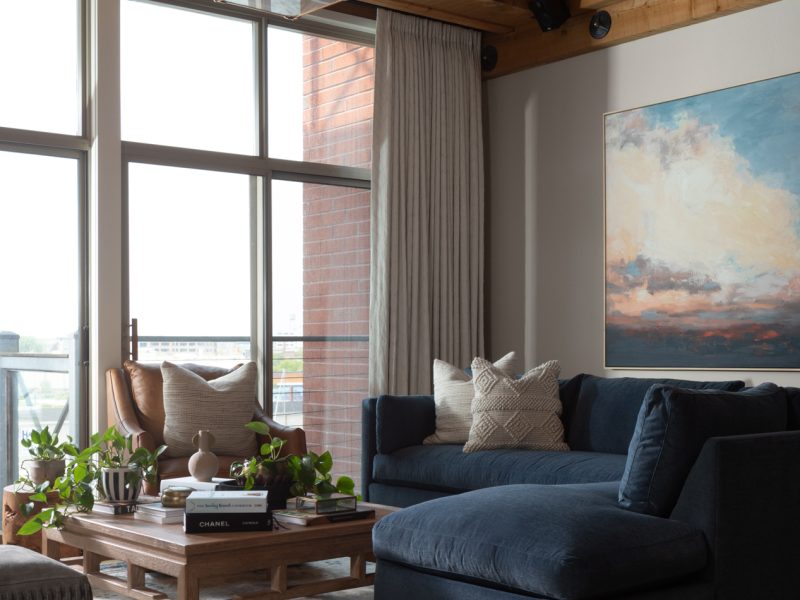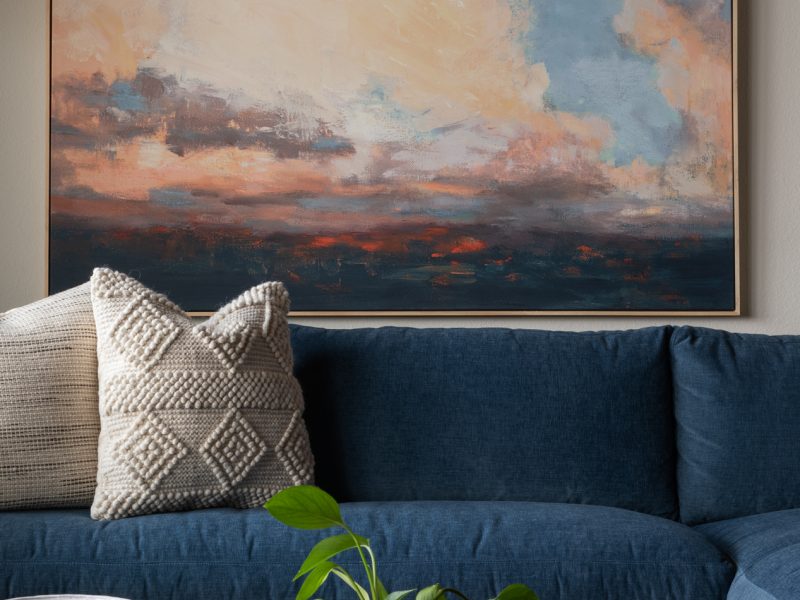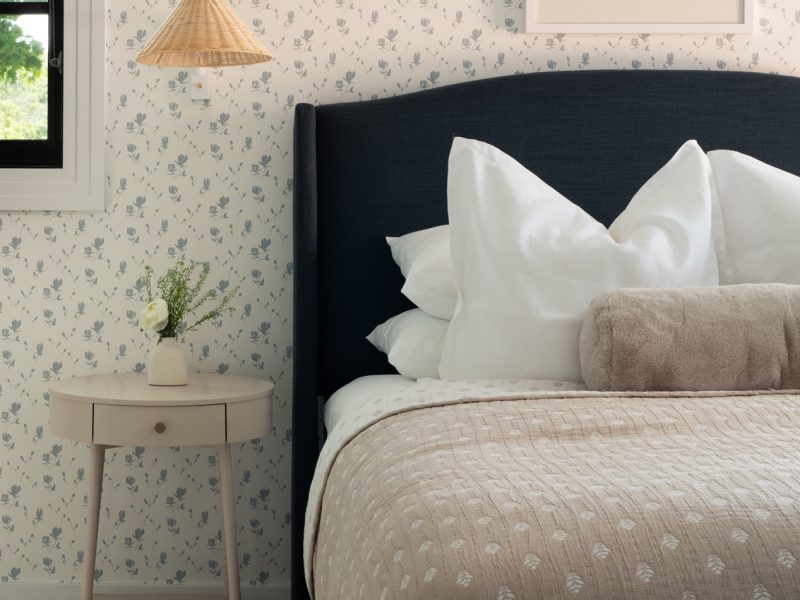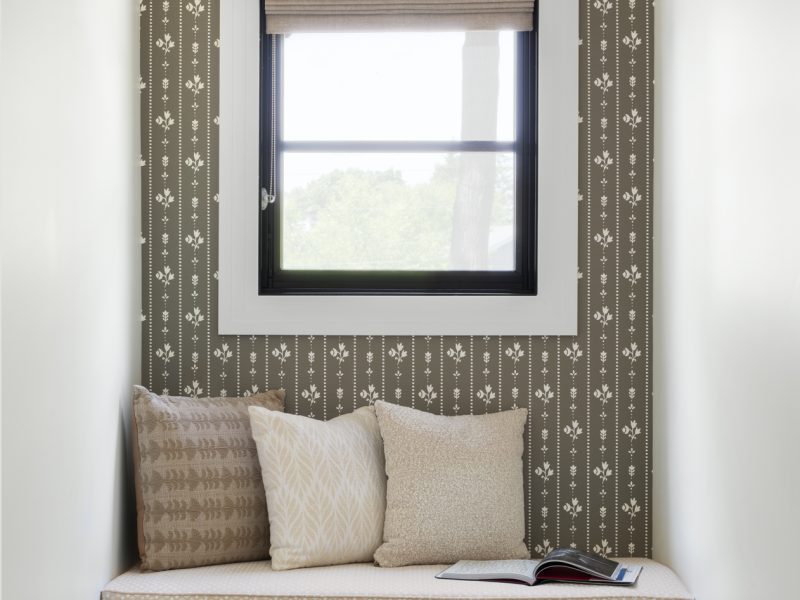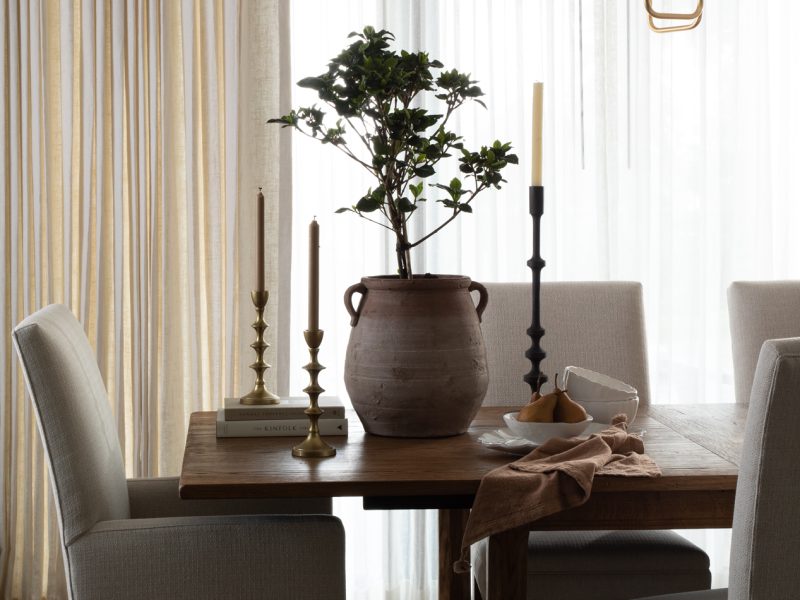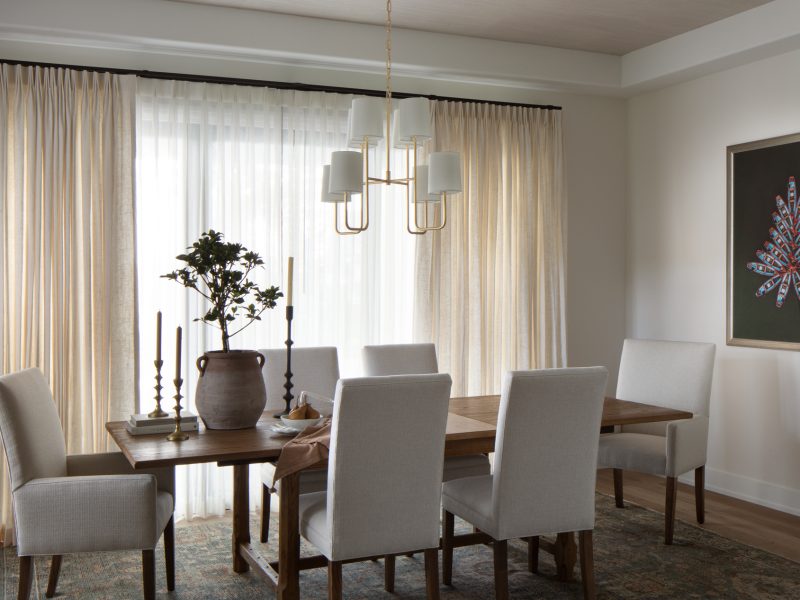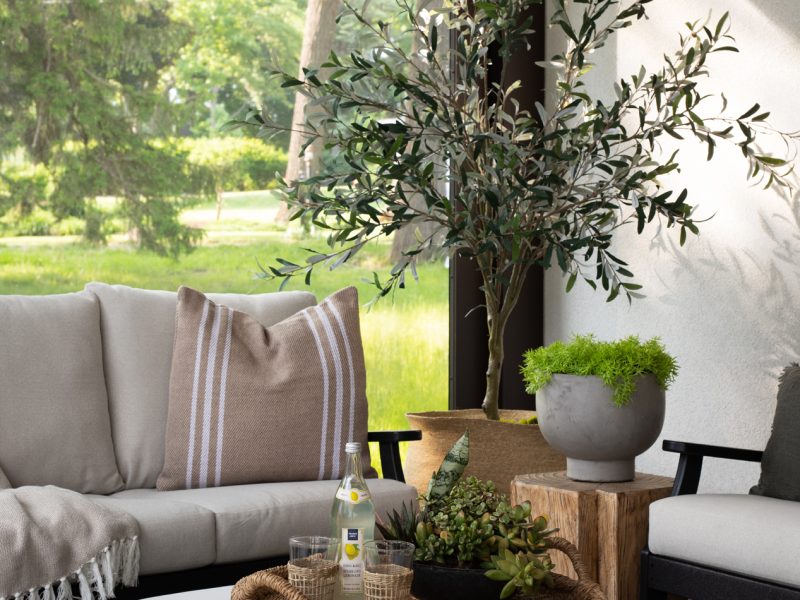Are you looking to buy a Vintage rug, but have no idea where to even start?
Don’t worry, we’ve got you covered. In this beginner’s guide, we are sharing what makes a rug vintage, key things to look out for when purchasing a vintage rug, the origins of Turkish rugs, and how to clean them.
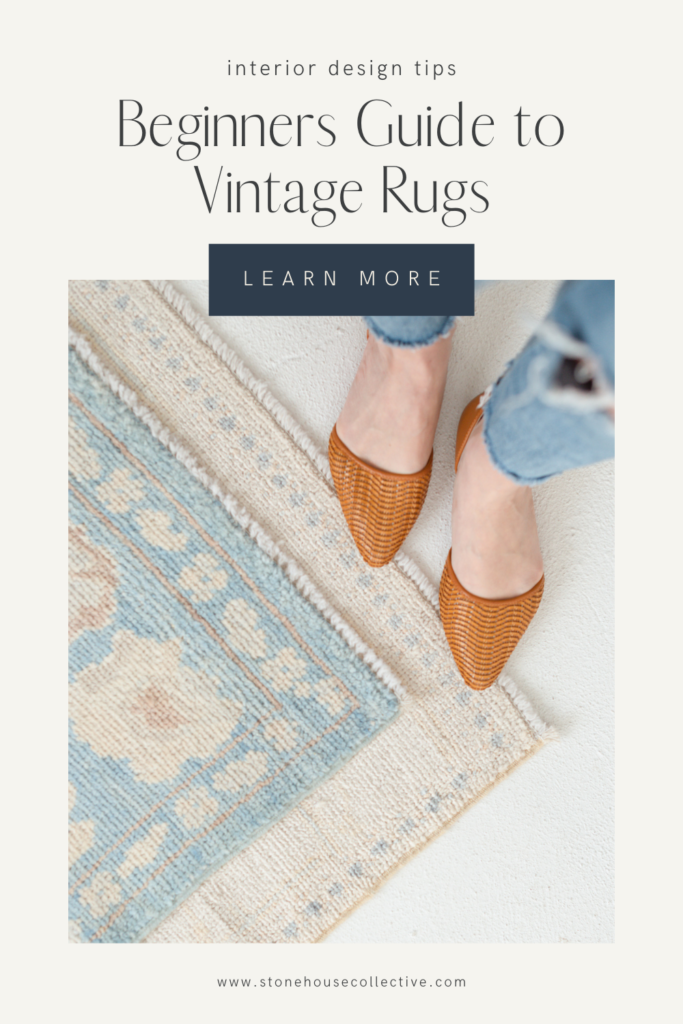
A rug can make or break a room. When buying a new rug, you typically buy a rug to fit the size of the room and colors in your furnishings. When adding a vintage rug to your home, the size and colors were designed long ago, and often far away. The colors most likely have faded and muted over time, and there may be some worn spots. These variations are what true lovers of vintage rugs are seeking: rather than being seen as imperfections, they are signs that each rug is unique and handmade with care by a skilled craftsman.
So what exactly are Vintage Turkish Rugs?
Turkish rugs tend to be geometric or slightly floral patterns that can feel traditional or modern. The styles of Turkish rugs vary widely. Bergama rugs, for example, produced tribal-influenced Turkoman pieces, Hereke rugs feature elegant curve-linear patterns worthy of Ottoman palaces and the most well known of all rug weaving centers in Turkey – Oushak produces decorative room-sized carpets that are revered, above all else, for their soft pastel-coloration.
What makes a rug “vintage”?
First, let’s start by noting that there is a difference between the term vintage and antique. Vintage refers to something 25-100 years old, while antique refers to items more than 100 years old. Some sellers will use these terms interchangeably.
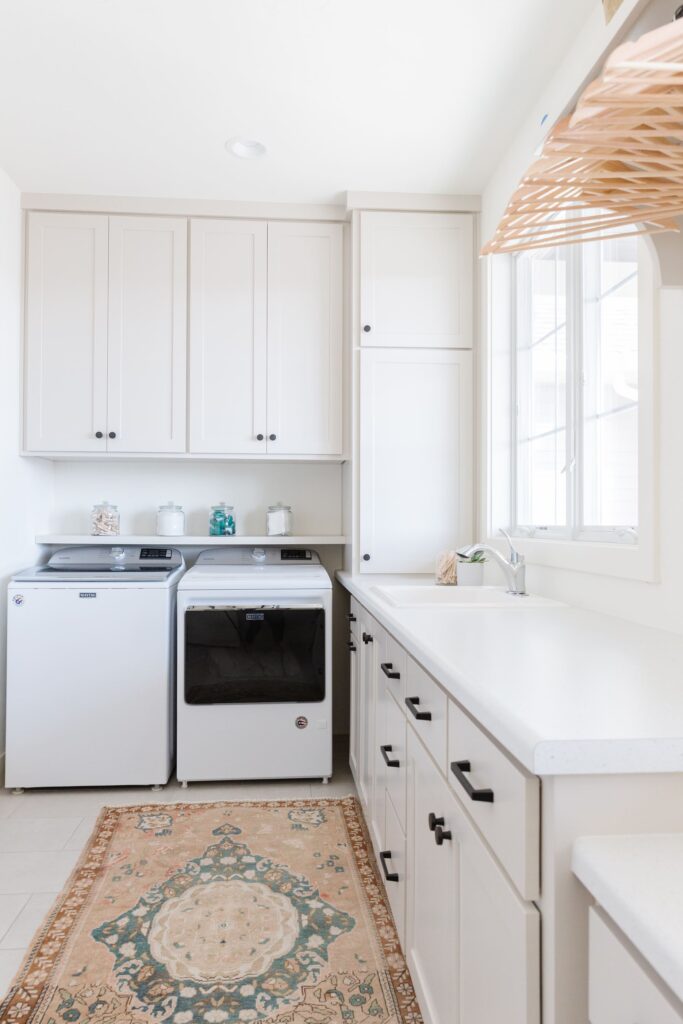
How do you know what to look for in the quality and price of vintage rugs?
Here are a few things you should know about authenticity, quality, and price:
1. You want vintage rugs with no backing
True vintage hand knotted rugs never have a backing like modern rugs do. That is why you will often see in the listings for sale an image that shows the back of the rug.
2. True hand knotted rugs have fringe coming right out of the rug’s weave (not sewn on separately).
3. Vintage rugs are made from natural materials.
They are usually made from wool, however sometimes they can be made from cotton or silk too. Authentic vintage hand knotted rugs never have polyester, plastic, or any other man-made material.
4. You want Hand Knotted not Hand Tufted
Hand tufted rugs are made by punching threads through a fabric sheet (often with a device called a “tufting gun”) and then adding another layer of fabric/backing to hold the tufts in place. While hand tufted can be a great, more affordable option for rug construction. Hand knotted, on the other hand, refers to traditional, ancient methods: the “foundation” threads (which become the fringe on the final piece) are stretched across a loom and intricate designs are woven by hand through the foundation.
5. The KPI (knots per inch) affects quality and price
KPI (knots per inch) of hand knotted rugs usually range from ~50-400 (and even higher on very expensive rugs). The higher the density, the higher the quality and price.
6. Hand spun wool and natural dyes increases price
How do you clean and care for vintage rugs?
One of the best things about choosing a vintage rug is that it has proven its ability to withstand the test of time. Almost all sellers, including us, will specify if and how the rug has been cleaned. If you are not sure contact us to find out more!
Now that you’ve got the beginner guide to vintage rugs, make sure to check out our collection here!


